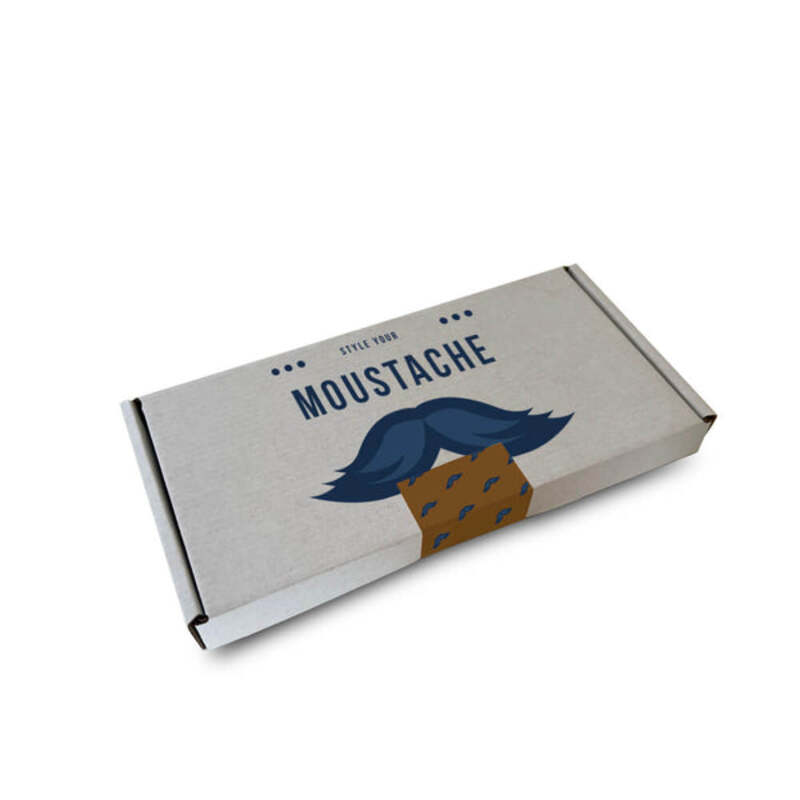The Evolution and Design of Food Containers
Food containers have an essential role in our daily lives, providing not only storage solutions but also influencing the way we consume and experience food. As our lifestyles have evolved, so too have the designs of these containers, leading to innovations that cater to diverse needs, preferences, and environmental considerations. This article explores the evolution of food containers, their design aspects, and their impact on food preservation and consumption.
Historical Perspective
The earliest food containers were made from natural materials like clay, wood, and animal skins, dating back thousands of years. These containers were primarily functional, designed to hold and transport food. As civilizations advanced, so did container technology, with the introduction of glass and metal. The advent of canning in the 19th century revolutionized food preservation, allowing for longer storage times and safer consumption. With these advancements, the principles of container design began to incorporate not just functionality but also aesthetics and user convenience.
Modern Design Trends
Today, food container design is characterized by a variety of trends that cater to modern consumer needs. One significant trend is sustainability. As environmental concerns mount, designers are increasingly focusing on eco-friendly materials, such as biodegradable plastics and glass, which can be recycled indefinitely. Brands like Stasher and Bee's Wrap have made significant strides in producing reusable food storage options, reducing single-use plastic waste.
Another crucial aspect of contemporary food container design is versatility. Consumers seek containers that serve multiple purposes, such as those that can be used in the freezer, microwave, and dishwasher. The introduction of modular designs allows users to stack and store containers efficiently, maximizing space in kitchens and reducing clutter. For example, brands like OXO and Pyrex offer nested options where containers can be easily stored within one another when not in use.
Functionality and Usability
food containers design

Functionality remains at the heart of effective food container design. Factors such as airtight seals, leak-proof features, and easy-to-open lids are vital for preserving food freshness and preventing spills. Moreover, clear containers allow users to see the contents readily, reducing the time spent searching for items. Ergonomic designs have also become popular, with handles that facilitate easy carrying and pouring, catering especially to the needs of those who might struggle with traditional designs.
Aesthetic Appeal
While functionality is critical, the aesthetic aspect of food containers has gained prominence in the last decade. Consumers increasingly look for products that are visually appealing and can be part of kitchen décor. This shift has led to a rise in vibrant colors, unique shapes, and artistic designs. Brands now collaborate with designers or artists to create limited editions, tapping into the trend of personalized and thematic kitchenware. This focus on aesthetics not only enhances the overall food storage experience but also encourages consumers to showcase their food containers proudly at gatherings.
Cultural Influences
Food container designs are also influenced by cultural practices and eating habits. For instance, Bento boxes, a traditional Japanese food container, emphasize portion control and food presentation. These containers often feature compartments for different food items, promoting a balanced diet. Similarly, the popularity of meal prep and on-the-go eating has led to the emergence of container designs specifically engineered for individuals who prioritize convenience.
Conclusion
The design of food containers has come a long way from their primitive origins, evolving to meet the diverse needs of today's consumers. The integration of sustainability, functionality, versatility, and aesthetic appeal demonstrates how design is not merely about form but also about enhancing our food storage and consumption experiences. As we continue to navigate environmental challenges and lifestyle changes, it is likely that food container design will evolve further, embracing technology and innovation to provide even more efficient and sustainable solutions. From simple storage solutions to beautifully designed containers that reflect personal style, the journey of food containers continues to unfold, ensuring they remain an indispensable part of our daily lives.



